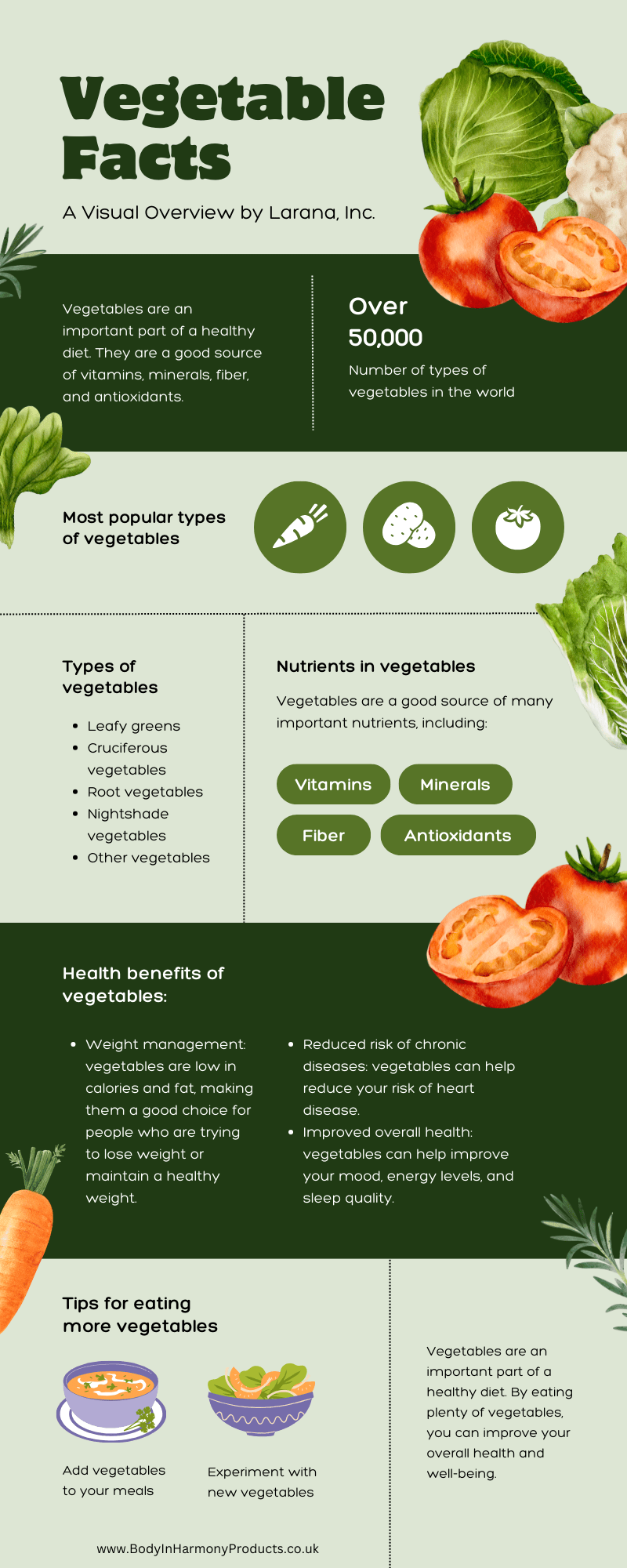Maintaining an optimal level of well-being nutrition for daily greens is often cited as one of the most effective strategies for promoting a healthier, more vibrant lifestyle.
By incorporating a diverse selection of leafy vegetables, herbs, and other nutrient-packed plants into your meals every single day, you stand to benefit from a range of vitamins, minerals, and antioxidants that bolster nearly every system in the body.
Daily greens deserve a spot on everyone’s plate, from the fibre that supports healthy digestion to the phytonutrients that help protect cells from oxidative stress.
In the sections below, we’ll explore the many ways these vital foods contribute to overall wellness, along with practical tips for making them a lasting part of your routine.

Table of Contents
ToggleThe Role of Leafy Greens in a Balanced Diet
When most people talk about a balanced diet, they often mention fruits, vegetables, proteins, and whole grains. Yet, leafy greens hold a special place among these food groups because they are exceptionally nutrient-dense and versatile.
They can be easily added to soups, salads, smoothies, and stir-fries, or served alongside your favourite main course. By including them in your daily diet, you can begin to notice improvements in areas such as your energy levels, digestion, and even your mood. Which as to be a bonus for our mental health and physical health.
Why Leafy Greens Are Essential
Leafy greens offer an array of nutrients that work together to support the body. Their high concentration of vitamins (particularly A, C, and K) helps maintain healthy bones, tissues, and a good immune function.
Well-being nutrition for daily greens. By incorporating this into your daily regime, your body will thank you for it. Minerals such as iron and calcium play such crucial roles in red blood cell production and bone health that are found in these little beauties.
When combined with other nutrient-rich foods, leafy greens can help to close dietary gaps, ensuring that your daily meals deliver the balance you need for a good sense of wellbeing both mentally and physically.
The Importance of Variety
It’s important to vary the types of greens you consume to maximise the amount of nutrient intake you get daily. While spinach is a fantastic source of iron, kale is particularly rich in vitamin K, and Swiss chard provides generous amounts of magnesium.
Well-being nutrition for daily greens is essential , you’ll supply your body with a broader spectrum of essential micronutrients, helping to maintain overall wellness. Experimenting with different greens also keeps meals interesting, ensuring you remain engaged in healthy eating habits over the long term.
Key Nutrients Found in Daily Greens.
Leafy greens and related vegetables are packed with micronutrients, phytochemicals, and other beneficial compounds. While each type of green offers its own unique profile, there are some core nutrients you’ll encounter across the board.
Vitamins
- Vitamin A: Essential for vision, immune function, and cell growth. Found in kale, spinach, and collard greens.
- Vitamin C: A powerful antioxidant that supports immune health and collagen production. Parsley, spinach, and watercress are particularly rich sources.
- Vitamin K: Key to blood clotting and bone strength, with kale and Swiss chard containing high concentrations.
Minerals
- Calcium: Necessary for strong bones and teeth, as well as muscle function. Spinach, kale, and Bok choy all provide a decent dose.
- Iron: Vital for transporting oxygen throughout the body. Greens such as spinach and collard greens are good plant-based sources of iron.
- Magnesium: Plays a role in over 300 biochemical reactions, including muscle function and nerve transmission. Found in Swiss chard, spinach, and other leafy greens.
Fibre
One of the most valuable yet often overlooked aspects of consuming leafy greens daily is their fibre content. Fibre helps to regulate digestion, encourages feelings of fullness after meals, and supports a healthy gut microbiome. Including a good variety of greens in your diet ensures you benefit from both insoluble and soluble fibre, each of which contributes to digestive wellbeing in unique ways.

Different Types of Daily Greens
There’s a staggering variety of greens available in the market, making it easy to find flavours that suit your palate. Here’s a closer look at some common (and not-so-common) greens you might want to sample:
Leafy Lettuces
- Romaine: Crisp texture, mild flavour, a good source of vitamins A and K.
- Butterhead (e.g. Bibb, Boston): Tender leaves, subtly sweet taste, perfect for salads or wraps.
Hearty Greens
- Kale: Known for its curly or lacinato leaves, kale is a nutrient powerhouse brimming with vitamins A, C, and K.
- Collard Greens: Often used in traditional dishes and slow-cooked recipes, collards are high in calcium and fibre.
Mild-Tasting Greens
- Spinach: A favourite for smoothies and salads due to its mild flavour, rich in iron and a host of vitamins.
- Swiss Chard: Offers colourful stems and wide green leaves, packed with magnesium, potassium, and vitamins.
Peppery Greens and Herbs
- Rocket (Arugula): Provides a peppery kick to salads, known for its high antioxidant content.
- Watercress: A tangy, slightly spicy aquatic plant that’s incredibly high in vitamin C.
- Parsley: While considered more of an herb than a green, parsley offers plenty of vitamin K and serves as a refreshing addition to countless dishes.
Experimenting with different greens not only expands your nutritional intake but also makes your meals more flavourful. From sautéed kale to fresh rocket salads, there’s a wealth of options to keep you inspired.
Strategies to Incorporate Greens into Every Meal
Well-being nutrition for daily greens is a essential requirement if you want to maintain a healthy you, by introducing them into your diet might seem daunting at first, but it can become second nature with a few clever strategies.
Whether you’re pressed for time or simply prefer quick and easy meals, there are numerous ways to seamlessly include these nutrient-dense foods.
Start Your Day Green
- Morning Smoothies: Blend a handful of spinach, kale, or Swiss chard into a fruit-based smoothie. The taste of the greens is often masked by ingredients like bananas, berries, or nut butter, making it an ideal option for anyone who’s not overly fond of the flavour of greens.
- Egg Dishes: Scramble eggs with spinach or make an omelette loaded with chard and mushrooms for a protein-rich, nutrient-packed breakfast.
Lunch and Midday Meals
- Salad Bowls: Salads don’t have to be boring. Toss together mixed greens with proteins such as grilled chicken or tofu, add nuts and seeds for crunch, and dress with an olive oil-based dressing.
- Sandwiches and Wraps: Instead of iceberg lettuce, try more nutritious options like rocket or watercress. They’ll add both texture and flavour without overpowering the rest of the sandwich.
Evening Dinners and Beyond
- Sautéed Sides: Quickly sauté kale or collard greens with garlic, onions, and a splash of olive oil. Serve as a side dish to enhance the nutritional value of your evening meal.
- Soups and Stews: Hearty soups can easily accommodate shredded greens. Add spinach or chopped kale towards the end of cooking to preserve their texture and colour.
Overcoming Common Challenges
Despite knowing the importance of daily greens, many people still struggle to integrate them consistently. Common issues include taste aversions, lack of time for meal prep, and even digestive discomfort. Thankfully, with the right approaches, these obstacles can be overcome.

Addressing Taste Aversions
If the taste or texture of certain greens puts you off, you can try milder varieties like spinach or young kale. You could also blend them into recipes that include stronger flavours—such as a curry or a rich tomato sauce—so that the greens go almost unnoticed. Over time, your palate may adapt, and you might find yourself enjoying a wider range of greens.
Time Constraints and Meal Prep
Busy schedules can make preparing fresh greens a challenge. One solution is to prep all your greens for the week in one go. Wash, dry, and chop them, then store them in airtight containers. Having greens ready to use makes it far more likely you’ll add them to your meals spontaneously, whether you’re making a quick sandwich or throwing together a stir-fry.
Digestive Sensitivities
Some individuals experience bloating or indigestion from cruciferous vegetables like kale or cabbage. In such cases, consider gently cooking the greens rather than consuming them raw.
Lightly steaming or sautéing can break down some of the fibrous content, making them easier on the digestive system. Additionally, introducing greens gradually into your diet may help your body adjust more comfortably.
The Importance of Seasonal and Locally Sourced Produce
Eating seasonally can boost both the nutritional value of your diet and your enjoyment of meals. Seasonal greens often taste better because they’re grown and harvested at their natural peak, resulting in enhanced flavour and texture. Purchasing locally sourced produce can also be a boon for nutrition, as shorter transport times generally mean fresher, more nutrient-rich greens.
Environmental Considerations
Local and seasonal consumption supports sustainability in agriculture. By reducing the distance food travels, you lower carbon emissions and the use of resources required for transportation and storage. This eco-friendly approach not only benefits the planet but can also offer cost savings, as seasonal produce is usually more affordable.
Supporting Local Farmers and Communities
When you buy from local farms, you help stimulate the local economy. Farmers markets and community-supported agriculture programmes are often fantastic places to discover unique varieties of greens that might not be available in supermarkets. These more unusual greens—such as mizuna or tatsoi—can add a new dimension of flavour and texture to your meals.
Potential Health Benefits of Regular Greens Intake
Well-being nutrition for daily greens. these leafy greens and other daily greens can have a profound effect on various aspects of health. While individual results may differ, many people who consume greens regularly report noticeable positive improvements.
Improved Energy Levels
Foods dense in vitamins and minerals help the body produce and utilise energy more efficiently. When your diet includes an abundance of leafy greens, you may experience fewer midday slumps and an overall sense of enhanced vitality. The iron in spinach, for instance, supports red blood cell function, making it easier for muscles and organs to receive oxygen.
Balanced Digestive Health
By supplying both soluble and insoluble fibre, daily greens encourage healthy bowel movements and optimal gut microbiome balance. A well-functioning digestive system can better absorb nutrients from all the foods you eat, and may even influence factors such as mood and immune response.
Potential Disease Prevention
Regular consumption of leafy greens is associated with a reduced risk of chronic conditions, including heart disease and certain types of cancer. This is largely due to the antioxidants, phytochemicals, and anti-inflammatory compounds found in these vegetables. While no single food guarantees protection from illness, a diet rich in greens is often a key component of disease prevention strategies recommended by health experts.
Skin and Hair Health
A lesser-discussed advantage of daily greens is the way they contribute to healthy skin and hair. Vitamins A and C, both found abundantly in many green vegetables, play important roles in collagen production and tissue repair. This can help maintain skin elasticity and promote stronger hair over time.
Conclusion
Integrating wellbeing nutrition for daily greens into your everyday routine is a remarkably straightforward way to boost your overall wellness. From supplying essential vitamins and minerals to enhancing digestion and energy levels, there’s a world of benefits waiting to be unlocked.
Whether you choose to blend kale into a morning smoothie, throw a handful of rocket into your lunchtime sandwich, or create a comforting soup loaded with spinach for dinner, the possibilities are practically endless.
By experimenting with different varieties, learning to prepare greens in tasty ways, and addressing any challenges that arise, you can create a lasting habit of consuming nutrient-rich produce.
Making these choices part of your daily life not only enhances personal health but also contributes to a more sustainable and conscious relationship with food. It’s time to open up your kitchen to a spectrum of greens—your body, your taste buds, and even the environment will thank you for it.





